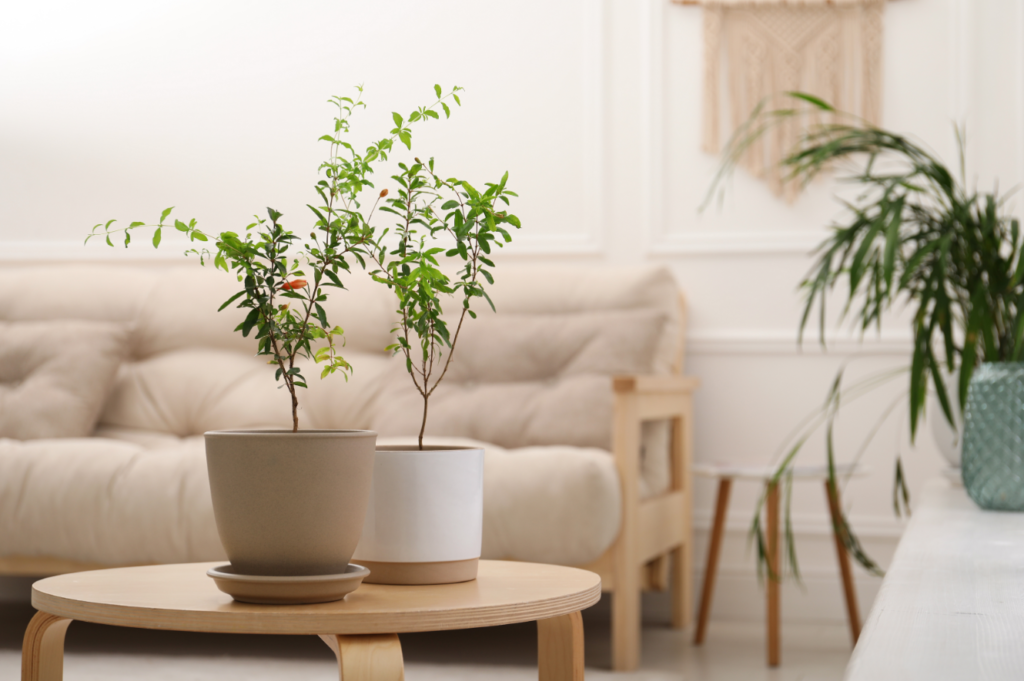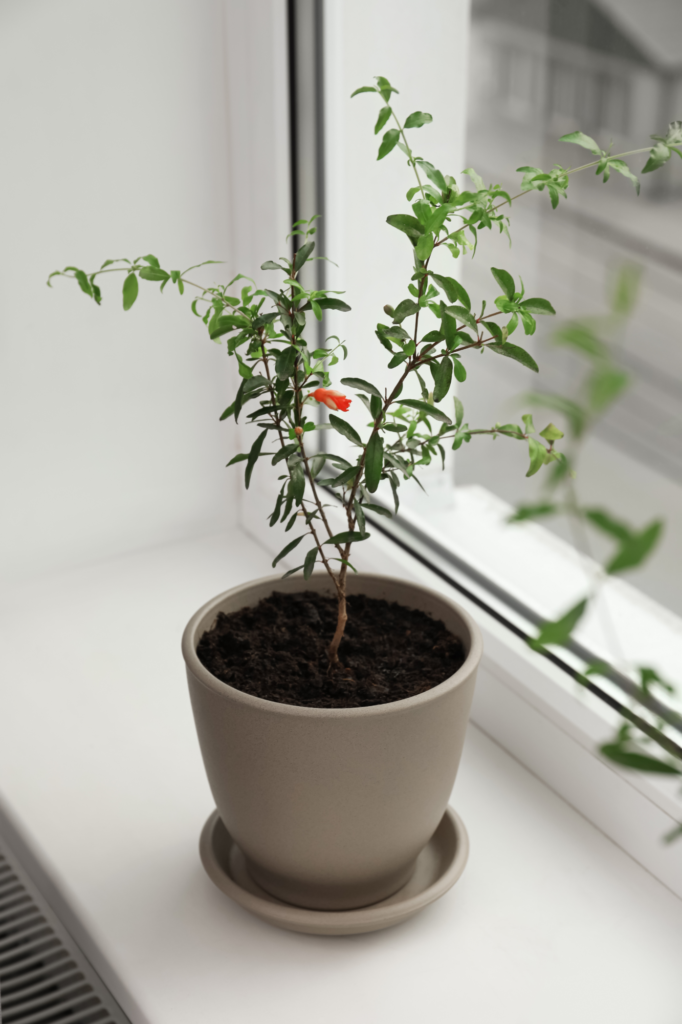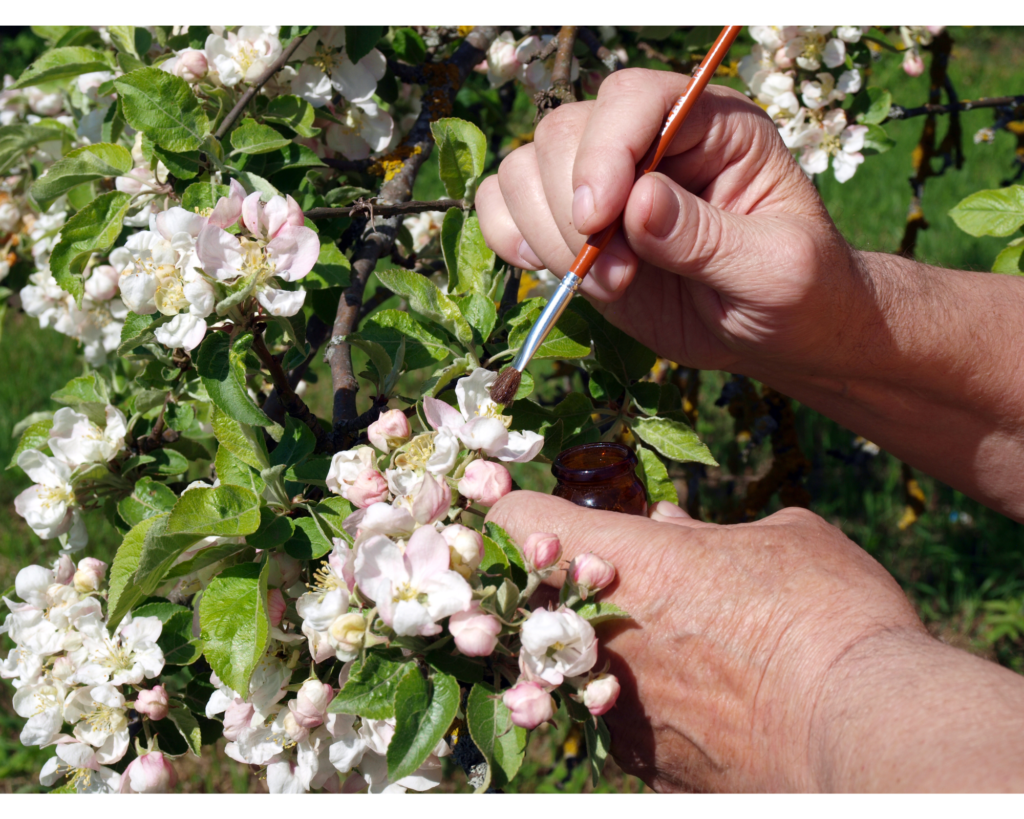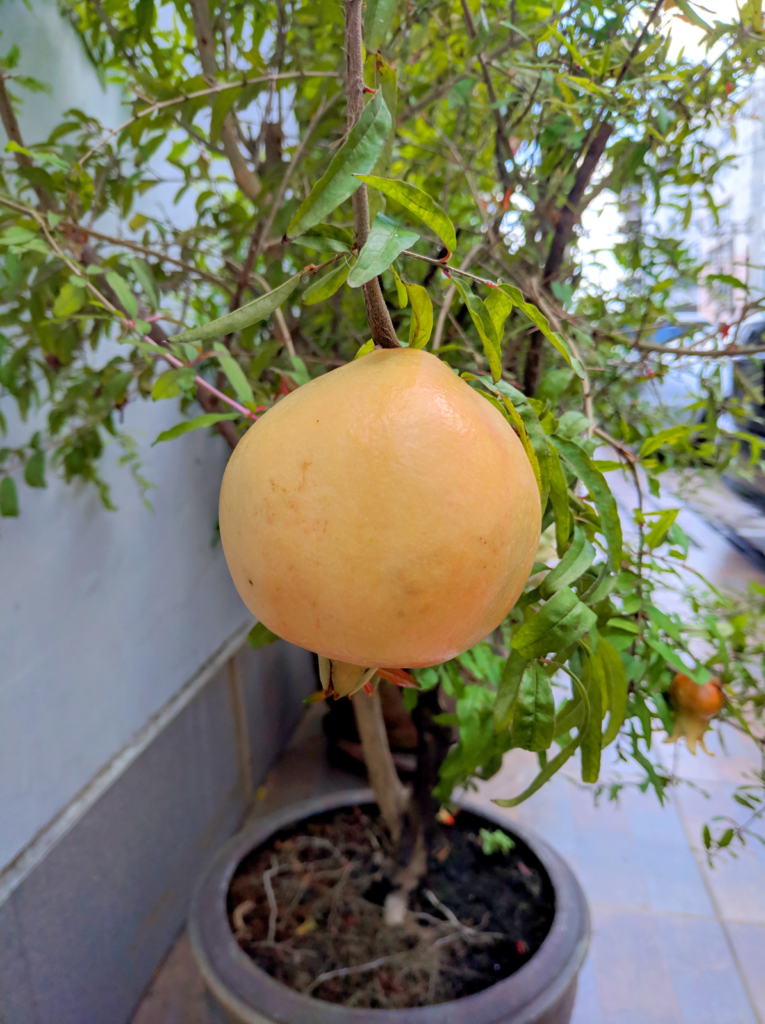Pomegranates (Punica granatum) have been cherished for centuries for their stunning beauty, rich history, and deliciously nutritious arils. Known as “nature’s ruby jewel,” these ancient fruits are packed with antioxidants, vitamins, and minerals that offer numerous health benefits. While pomegranates are typically grown outdoors in warm climates, with proper care and attention, it is indeed possible to cultivate these exquisite fruits indoors, allowing even those with limited garden space to enjoy the rewards of growing their own pomegranate tree. In this article, we will explore the essential steps and considerations for successfully growing pomegranates indoors.
Table of Contents
1. Selecting the Right Pomegranate Variety
When growing pomegranates indoors, it’s crucial to choose the right variety. Some pomegranate cultivars are more suitable for container gardening and indoor growth. Look for dwarf or compact varieties that are better suited to restricted spaces and can thrive in containers. Some popular indoor-friendly varieties include “Nana,” “Provence,” “State Fair,” and “Dwarf Red.” Make sure to obtain healthy, disease-free saplings or use seeds from a reputable source.
2. Choosing the Right Container and Soil
Select a large container with adequate drainage holes to ensure excess water doesn’t accumulate, leading to root rot. A container with a minimum size of 5 gallons (approximately 18 litres) is recommended, and larger containers are even better. Terracotta or plastic pots work well for indoor pomegranates.
The soil used for pomegranates should be well-draining and nutrient-rich. A mixture of potting soil, sand, and perlite in equal parts is ideal for creating the perfect soil blend. Avoid using garden soil, as it may compact in containers and inhibit proper drainage.
3. Providing Adequate Sunlight
Pomegranates are sun-loving plants and require a minimum of 6 to 8 hours of direct sunlight daily. Place your pomegranate tree near a south-facing window or use grow lights to supplement natural sunlight. Adjustable LED grow lights that mimic the full spectrum of sunlight are particularly effective in promoting healthy growth.
4. Temperature and Humidity
Pomegranates prefer warm temperatures and can tolerate temperatures between 60°F to 85°F (15°C to 29°C). Avoid exposing them to cold drafts or sudden temperature fluctuations, as they can stress the plant.
Indoor environments tend to have lower humidity levels, which may not be ideal for pomegranates. To raise the humidity around your pomegranate tree, mist the leaves regularly or use a humidity tray with water-filled pebbles placed beneath the pot.
5. Watering
Proper watering is crucial for the successful cultivation of pomegranates. Overwatering can lead to root rot, while underwatering can cause stress to the plant and reduce fruit production.
Allow the top inches or centimetres of soil to dry out between waterings. Stick your finger into the soil to check for moisture. When watering, ensure that water reaches the roots but doesn’t flood the container. A drip tray can be used to catch excess water and prevent waterlogged roots.
6. Fertilisation
Pomegranate trees benefit from regular fertilisation during the growing season (spring and summer). Use a balanced, water-soluble fertiliser designed for fruit-bearing plants. Follow the manufacturer’s instructions for application rates. Avoid fertilising during the winter months, as the tree enters a period of dormancy and requires fewer nutrients.
7. Pruning and Training
Pruning is essential for shaping the tree, removing dead or diseased branches, and promoting airflow. It’s best to prune your pomegranate in late winter or early spring before the growing season begins. Remove any suckers or branches that are growing below the graft union, as they can hinder the development of the desired variety.
8. Pollination
In their natural habitat, pomegranates are often pollinated by bees. Indoors, however, you may need to assist with pollination manually. Gently transfer pollen from one flower to another using a small brush or cotton swab to facilitate fruit development. Be patient, as it may take some time for pollinated flowers to develop into mature fruits.
9. Dealing with Pests and Diseases
Regularly inspect your pomegranate tree for any signs of pests or diseases. Common pests that can affect indoor pomegranates include aphids, spider mites, and whiteflies. You can try natural remedies like neem oil or insecticidal soap to control infestations. If the problem persists, consult with a local horticulturist or plant expert for suitable solutions.
10. Harvesting
Harvesting pomegranates is a rewarding experience. Depending on the variety, it may take anywhere from 6 months to a year for fruits to mature. Harvest the pomegranates when they are fully ripe, as indicated by their deep color and sweet aroma. Gently twist or cut the fruit from the tree to avoid any damage.
Conclusion
While growing pomegranates indoors requires patience and attention, the joy of seeing your indoor tree flourish and eventually bear its nutritious, ruby-red fruits is undoubtedly worth the effort. By choosing the right variety, providing adequate care, and maintaining a suitable environment, you can successfully grow these ancient treasures right in the comfort of your home. So, why not embark on this delightful journey of cultivating your very own indoor pomegranate tree and experience the pleasure of savoring nature’s ruby jewel?




